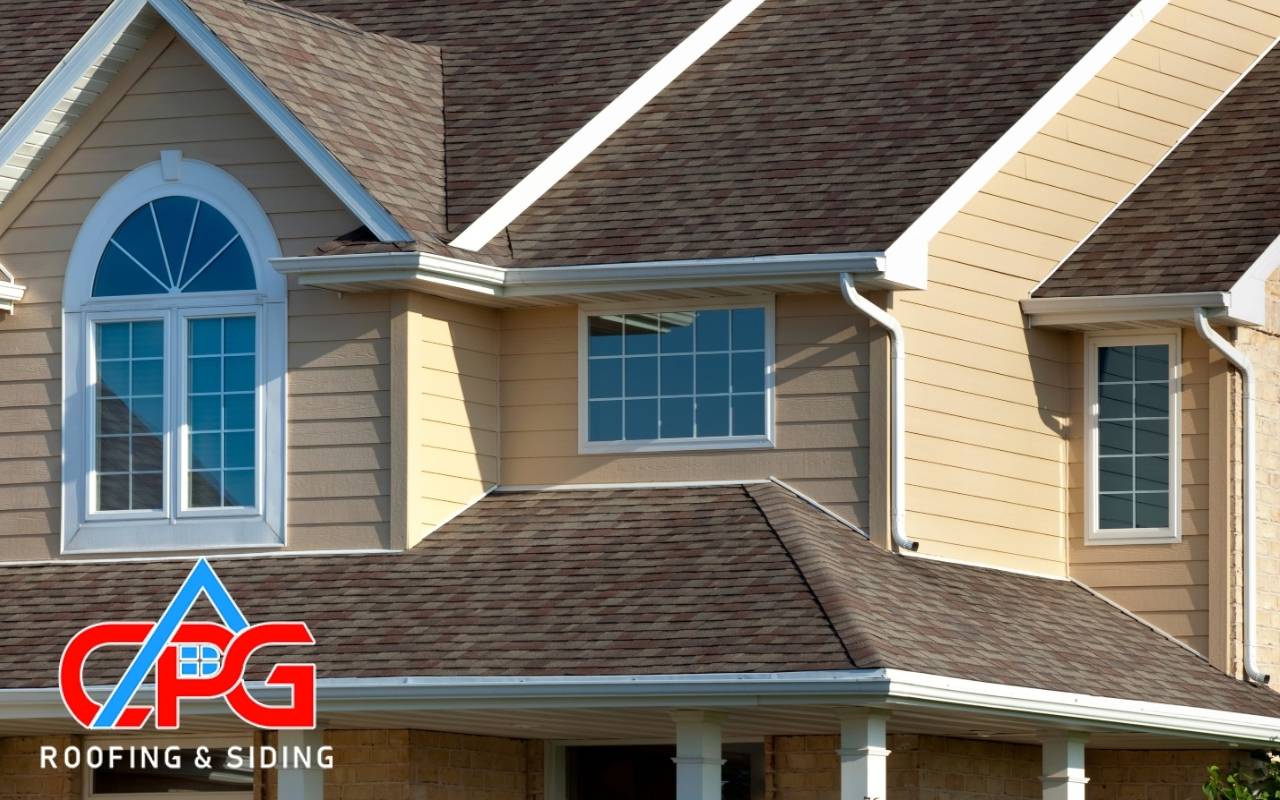
The sight of water roof stains can alarm any homeowner. Often, these blemishes indicate deeper structural issues.
Imagine your roof as a guardian. Therefore, ignoring warning signs could escalate minor annoyances into costly replacements.
In this guide, we explore why water roof stains signal more than superficial problems and, consequently, threaten overall roof integrity.
Understanding the Impact of Water Roof Stains
Water roof stains often indicate moisture infiltration beneath shingles. Over time, this can weaken structural layers and underlayment membranes.
Unchecked stains may lead to rot, ceiling discoloration, peeling paint, and even attic mold growth. Hence, prompt attention is essential.
Additionally, moisture impacts energy efficiency. Consequently, damp roofing materials reduce attic insulation performance, forcing HVAC systems to work harder.
Early detection of water roof stains helps prevent higher utility costs and extensive damage to living spaces.
Importance of Timely Roof Inspections
Regular inspections are key to preventing minor issues from escalating. Ideally, schedule inspections in spring, fall, and after storms.
Professionals identify subtle discoloration, inspect flashings, and assess gutter integrity, catching early water roof stains.
Furthermore, routine documentation supports insurance claims and allows homeowners to plan repairs or replacements proactively.
Identifying Different Types of Water Roof Stains
- Yellow Stains: Often caused by leaks from pipes or HVAC systems. Inspect these areas carefully.
- Green Stains: Usually algae growth. Prompt cleaning prevents structural damage and maintains roof aesthetics.
- Dark Brown or Black Stains: May indicate mold or mildew, highlighting ventilation or insulation issues. Immediate assessment is crucial.
Common Causes Behind Water Roof Stains
Damaged or missing shingles are frequent causes of water roof stains. Therefore, water seeps through, staining ceilings and walls.
Clogged gutters or downspouts also contribute. When blocked, water accumulates, creating discoloration over time.
Inadequate attic ventilation traps moisture, eventually forming ceiling stains. By recognizing these warning signs, homeowners can determine if roof replacement is needed.
Budgeting for Roof Replacement
Replacement costs depend on materials, roof design, square footage, and labor rates. For example, asphalt shingles are cost-effective, while metal or tile offers durability.
Moreover, complex roof designs, removal, disposal, and potential structural repairs increase costs. Obtain multiple quotes from licensed professionals for comparison.
Hiring experienced roofers ensures compliance with regulations and prolongs roof longevity. Avoid DIY unless addressing minor issues only.
Choosing the Right Roofing Material for Longevity
Durable materials reduce future replacements. Asphalt shingles, architectural shingles, and Class A fire-rated composites provide resilience against water roof stains.
Metal roofing lasts 40–70 years and resists moisture buildup. Additionally, clay and concrete tiles require proper framing but offer lasting aesthetics.
Consider climate, hail resistance, and coastal corrosion factors. Also, check product and workmanship warranties to minimize staining and replacement frequency.
Extending the Lifespan of Your New Roof
After replacement, proactive maintenance prevents premature staining. For instance, annual inspections, debris removal, and ensuring flashings remain sealed help protect your roof.
Furthermore, use protective coatings, maintain gutters, trim tree limbs, and install zinc or copper strips to inhibit algae and moss growth.
Taking Action on Water Roof Stains
Inspect from the ground or ladder, document stains, and check shingles and flashings. Mild cleaning can remove superficial stains.
However, if stains reappear or structural damage exists, contact a licensed contractor. Schedule an inspection today to assess roof condition.
FAQs
Q: Can minor water roof stains be ignored?
A: No. Even small stains indicate moisture issues that may escalate into severe damage.
Q: How often should I inspect my roof for water stains?
A: Inspect twice a year, ideally in spring and fall, and after major storms.
Q: Are water roof stains always a sign of roof replacement?
A: Not always, but persistent or recurring stains typically require professional evaluation and possible replacement.
Q: Can algae or moss cause water roof stains?
A: Yes. Algae and moss retain moisture, accelerating shingle decay and staining the roof surface.
For repairs or full replacement, explore roofing repair options or roof replacement services to safeguard your home.

